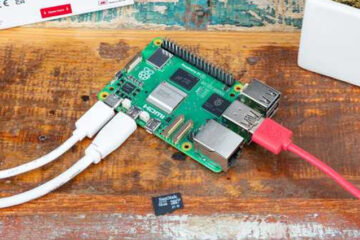Researchers recently unveiled a new attack method known as the “Snailload attack,” which exposes users’ online activities to potential snoopers. This technique takes advantage of network latency that occurs after a bottleneck in internet connections.
Understanding the Snailload Attack
A group of researchers from Graz University of Technology has introduced a sophisticated side-channel attack called the Snailload attack. This attack demonstrates how malicious actors can exploit network latency to monitor and gather information about users’ online behaviors.
Unlike traditional interference methods that require man-in-the-middle attacks or WiFi packet sniffing, the Snailload attack stands out for its unique approach. It does not necessitate code execution or physical access to the target network.
The attack capitalizes on the bottleneck that exists in internet connections, particularly between users’ devices and Internet Service Providers (ISPs). By exploiting this bottleneck, the adversary can intercept data packets without the need for malware or WiFi sniffing tools.
The Snailload attack involves the victim unknowingly downloading a file (such as an image or video) from the attacker’s server, cleverly disguised to mask the true nature of the download. By sending the file gradually at a slow pace, the attacker can measure network latency and discern the specific content being accessed by the victim. This slow delivery speed, reminiscent of a snail’s pace, inspired the attack’s name.
The researchers have detailed the technical intricacies of the Snailload attack in their research paper. Additionally, they have provided a demonstration on a dedicated website and released the example server code on GitHub.
Challenges and Solutions
While the Snailload attack offers a potent remote side-channel attack method that does not rely on hardware or code execution on the victim’s machine, it does have its limitations. One key restriction is its reliance on TCP connections for effective network latency measurement.
To mitigate the impact of Snailload, introducing noise into the network can disrupt the attack. However, this may inconvenience users. Additionally, for Snailload to be successful, the target network must possess a higher bandwidth at its backbone infrastructure compared to the user’s connection to create the necessary bottleneck.
We welcome your thoughts and feedback in the comments section below.



